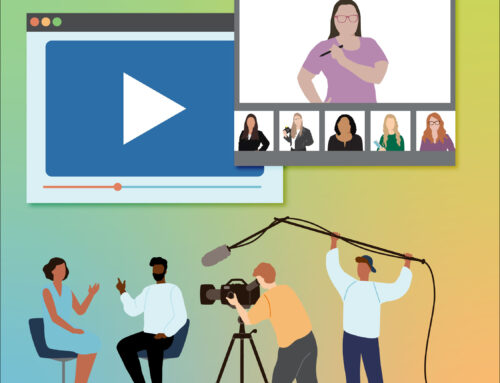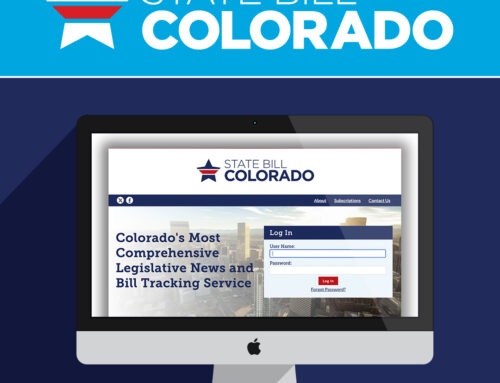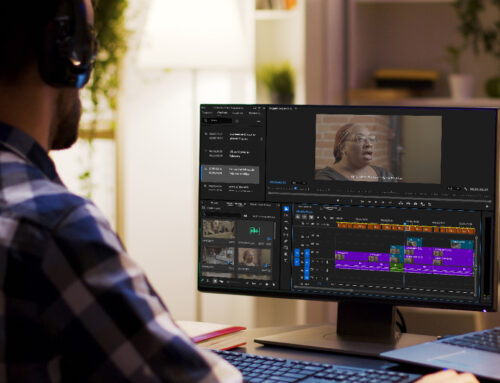In today’s digital world, it’s important for businesses and organizations to have well-developed websites so they can connect with their respective audiences. A good website makes it easy for clients and citizens to look up an organization’s contact information, utilize online tools and access resources. But one thing is certain: developing websites with accessibility in mind can be difficult and it can be challenging for people with disabilities to access poorly designed websites to obtain the information and resources they need.
What the Law Says About Accessibility
In 1998, Congress amended the Rehabilitation Act of 1973. The newly amended law, under Section 508, “requires educational institutions, both public and higher education, to make their electronic and information technology accessible to people with disabilities.” This law is applicable to all federal agencies when they “develop, maintain, produce or use electronic information technology” — including website content and digital documents such as PDFs.
The standards issued by the World Wide Web Consortium (W3C) compliment Section 508 standards and should be followed when websites are developed.
The American Disability Act of 1990 (ADA) was enacted “to provide a clear and comprehensive mandate for the elimination of discrimination against individuals with disabilities on a national basis. Title III indicates that services must be available to all of the general public, including those individuals who have disabilities.”
It’s important to note that accessibility requirements are often updated every few years to include standards and other guidelines both in the United States and internationally.
Lawsuits for Accessibility Non-compliance
According to a study conducted by the law firm Seyfarth Shaw, the number of lawsuits being filed in federal court is increasing at an incredible rate. In 2017, 814 lawsuits pertaining to web accessibility were filed and just in the first six months of 2018, over 1,000 lawsuits were filed. The lawsuits emerged after federal organizations (both large and small) violated sections of the Rehabilitation Act and the American Disabilities Act.
For a list of past cases of web accessibility lawsuits, visit the Usablenet website.
How Can an Organization Ensure Website Accessibility?
Circuit Media complies with both previous and updated criteria in WCAG 2.1, as well as WCAG 2.0. New updates include reflow of documents, non-text contrast requirements, animation, target size, document orientation and much more. We specialize in adjusting (or creating) accessible Word, PDF and HTML documents and websites.
508 Compliance from Start to Finish
Circuit Media has unique capabilities and training to design digital documents and websites for agencies and companies large and small. Together with their high-quality design methods, our talented creatives also use accessible standards during all phases of design. Once your document or website is complete, our accessibility specialists will check it for full compliance. If you’re interested in Circuit Media’s accessibility services, please contact us for a free estimate.




